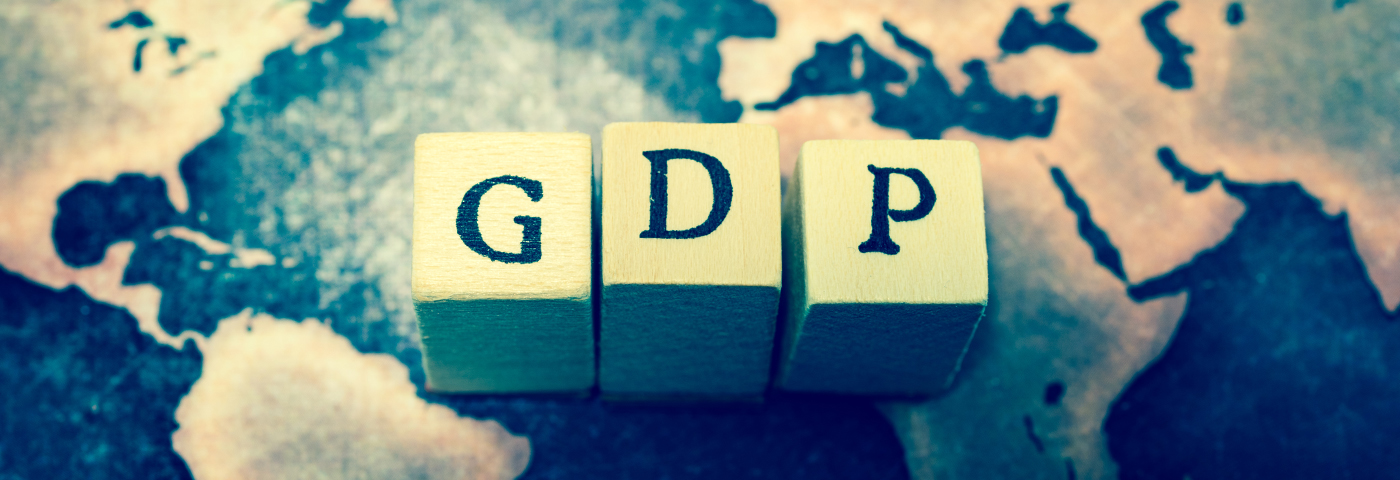When people are looking to assert how important tourism is as an industry, they are likely to cite the proportion of global Gross Domestic Product that it is responsible for. According to the World Travel and Tourism Council, the industry’s “contribution to world GDP outpaced the global economy for the sixth consecutive year in 2016, rising to a total of 10.2% of world GDP (US$7.6 trillion).”
These figures represent ‘total contribution’. This means they include all sorts of ‘indirect’ contributions too, ranging from “purchases of food and cleaning services by hotels, of fuel and catering services by airlines and IT services by travel agents”. It also incorporates ‘induced’ contributions, such as “the GDP and jobs supported by the spending of those who are directly or indirectly employed by the Travel & Tourism industry”.
If you look at tourism’s direct contribution to GDP, it’s more like 3.1%.
GDP is increasingly recognised as a flawed measurement. Even the World Economic Forum, hardly known for its radicalism, declares “the business landscape reinvents itself, demographics shift, inequality expands, climate change gets worse and technology continues to advance at breakneck speed, Gross Domestic Product is struggling to stay relevant. In order to keep up with the changes wrought by the Fourth Industrial Revolution, many are arguing that we need to find a new measure to assess the health of our economies and – more importantly – the people living in them.”
When it comes to assessing tourism using its contribution to global GDP, its limitations become starkly clear, as this focus both undersells and oversells the industry’s potential at the same time.
First, the bad. Earlier this year, researchers from Griffith University and University of Surrey launched the Global Sustainable Tourism Dashboard to crunch the numbers and try to assess tourism’s impact and contribution to the UN’s 2015-2030 Sustainable Development Goals. The researchers found that while 14% of the global population lives in Least Developed Countries, in 2016 these countries received just 5.6% of global international tourism expenditure – US$62 billion of the US$1.4 trillion spent worldwide on travel that year.
The trouble is, because these countries are the least developed, they don’t have the capacity in terms of infrastructure and services required to meet tourism demand, and so even before they can use the tourism dollars to help their people develop, they have to spend vast sums on servicing the industry. As Griffith University’s Susanne Becken wrote last month: “When a country must import everything from generators and solar panels to certain kinds of food, it spends a considerable proportion of tourist dollars before they can multiply in the local economy.”
Called “Leakage”, the amount of money lost ranges from 40% in India to 80% in Mauritius, depending upon how reliant the country is on foreign imports and on how the tourism industry operating in its country is structured; “tourism investors are often foreign, so the profits are expatriated,” explains Becken.
GDP’s limitations only result in a narrowing of the frames through which we can imagine tourism’s potential. A forest has no inherent value to GDP. Its capacity to store carbon, house biodiversity, as well as provide a free space of calm and restoration for tourists and locals alike does not feature on the balance books. Chop it down and sell it for timber, or enclose it and charge for entry and it can be factored into GDP.
A few years ago a monumental effort was made to put an economic value on the work that forests and other protected areas of the world did in terms of providing these ecosystems services. According to the findings of The Economics of Ecosystems and Biodiversity, for an annual global investment of US$45 billion into protected areas alone, they would deliver us ecosystem services worth some US$5 trillion a year.
Across the world, well managed environmentally responsible tourism underpins many of the efforts to maintain and restore these protected areas. However, it is not truly reflected in the industry’s contribution to GDP, whichever figure you use.
GDP is a flawed measurement designed to assess productivity. Tourism contributes to productivity, but its most valuable contribution to the tourists who are its customers is through the time they spend being unproductive.
Tourism offers the potential for learning from other cultures, the chance to stand awed before nature, or just to reconnect with our families and restore a sense of balance to our lives. You can’t measure this with GDP but, it might just be the most important thing this industry has to offer.



